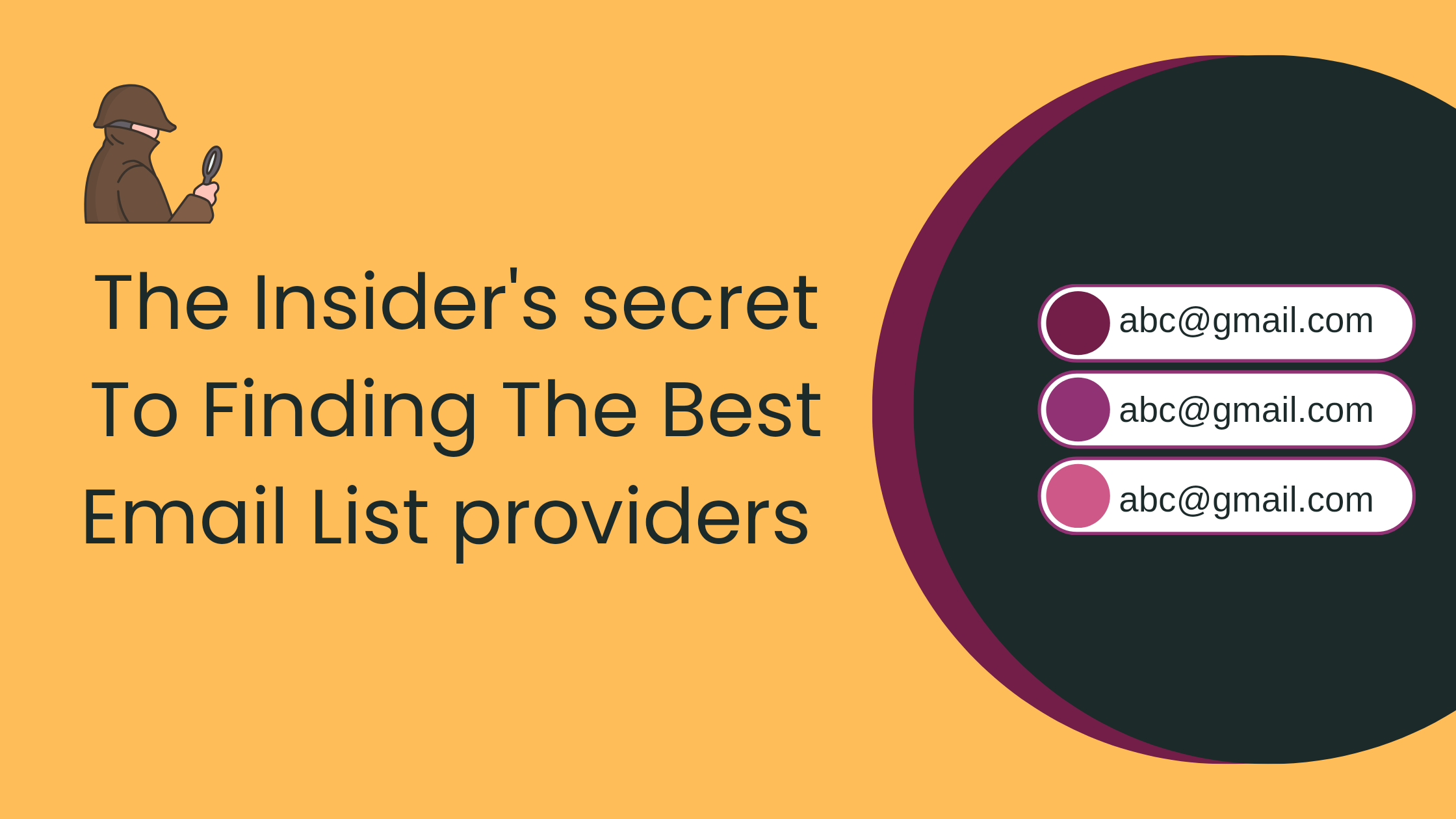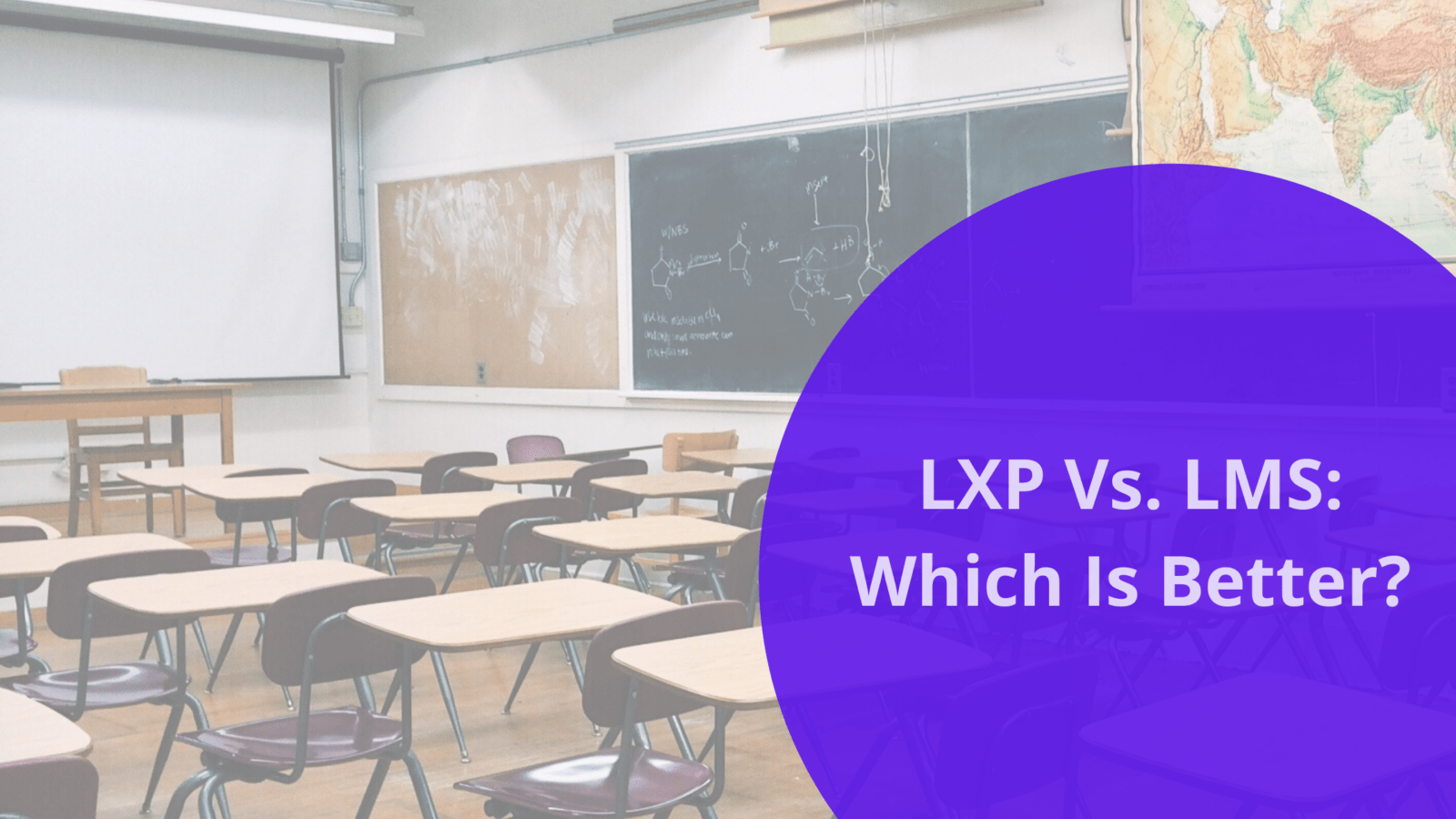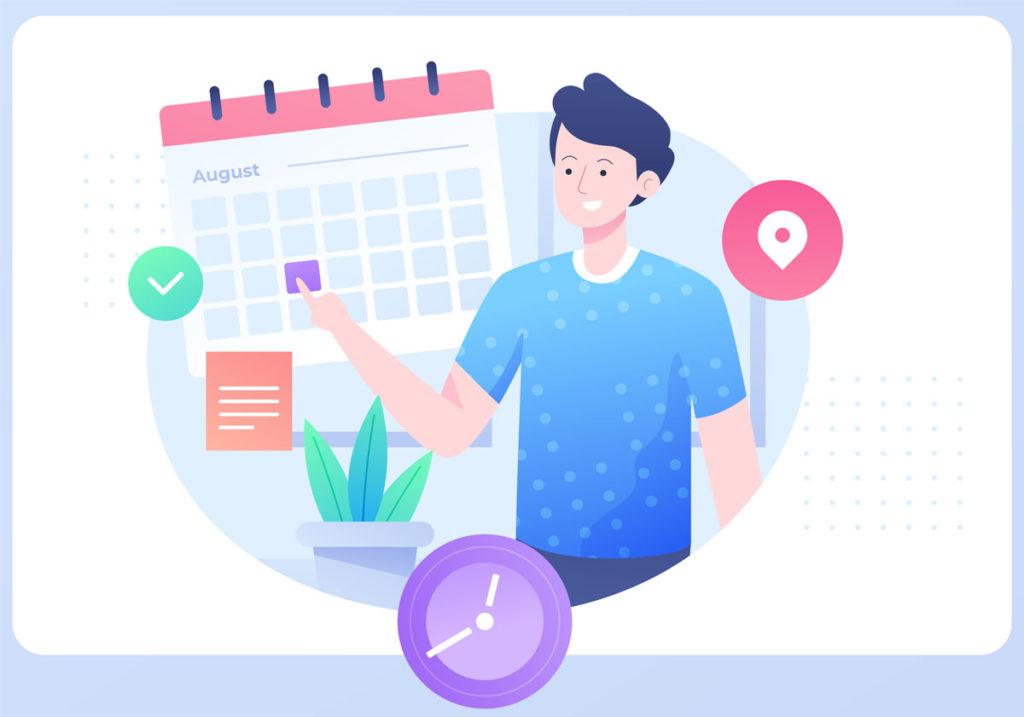The acronym LXP, which stands for a Learning Experience Platform, is a new buzzword in the Learning and Development (L&D) sector. The technology is rapidly gaining popularity and growing in value, making businesses think about whether it’s time to replace their Learning Management Systems (LMSs).
Both an LMS and LXP are rapidly evolving, getting new features that address various corporate training objectives. When deciding which technology is right for your business, you need to pay attention to the practical distinctions between the two. But before we discuss their key differences, let’s briefly define what an LMS and an LXP mean.
What Is An LMS?
LMSs are digital learning platforms developed to collect, deliver, manage, and track learning content. They have been around for years and are familiar to most L&D professionals. Companies use LMSs to facilitate formal learning as they allow a highly structured approach to content management and delivery. Thus, an LMS has become an industry standard for compliance-based training and certification.
What Is An LXP?
Just like an LMS, an LXP is a digital learning platform but its focus shifts from an organization to a user. The very name of the technology suggests that a learner’s experience becomes a priority. It guides the learning process, promoting higher flexibility and engagement.
An LXP makes learning less formal and standardized, encouraging users to take control of their progress. Josh Bersin, an L&D analyst, has suggested the analogy “the Netflix of learning” to characterize the principles of an LXP in terms of content delivery. They are based on AI and a user’s viewing patterns. Additionally, instead of only consuming content, learners can create and share it with other users across the platform.
Key Differences Between an LMS and LXP
The distinction between an LMS and LXP is rather fluid. However, the learning technologies have a different approach to some of the defining features of eLearning like purpose, content, control, software specification, and data usage. Let’s take a closer look at each of these features and discuss what these differences mean to an organization.
Control
Who is pulling the strings? An LMS is an example of push learning when the material is strictly structured and delivered to a user. A learner is being told what to learn and takes a passive role in the process. In contrast, an LXP adopts a pull learning mode, allowing a user to stay active and search for the relevant content by themselves.
Push learning strategies are effective if your business needs a powerful platform for instructor-led training. LMSs support scheduling and guided learning, which makes them a necessity for industries where formal training and certification are compulsory.
At the same time, employees prefer to have self-directed learning paths provided by an LXP. Adult learners are usually good at self-assessment and organization. They know when they need to get more content to fill skill gaps and when they can skip some low-priority assignments and ask someone to write my essay cheap. This way, they maximize the productivity of their study sessions and can accomplish more even if their time resources are limited.
Purpose
LMSs and LXPs support different types of learning needs. LMSs are more prescriptive and provide training to a wide audience across a specific department or organization. It’s a robust solution that is designed to facilitate structured training, like:
- Compliance training;
- Regulatory training;
- Onboarding;
- Theory training.
LXPs support more varied and targeted learning that supports the individual growth of employees. They aim to provide more flexible options for:
- Upskilling;
- Reskilling;
- Covering one’s skill gaps.
Some organizations, however, integrate both technologies to extend learning opportunities for their employees and have all their training needs covered. Note that both learning platforms may have variations in their intended use, depending on their design and features.
Content
The fundamental difference between LMSs and LXPs is in content delivery. In an LMS, everything a learner sees is structured and administered by the L&D department of an organization. This is what users need to learn.
In contrast, an LXP allows employees to learn what they want. They are free to browse through vast libraries of content to find information that matches their learning needs and interests. Besides, LXPs have personalized content recommendations based on users’ activity, just like Netflix or YouTube. Smart search makes it easier to discover relevant content without formal administration.
LXPs are also more flexible in terms of content management and generation. Users can consume and create content, gather different pieces of it to form a unique learning path, and integrate content from various sources, including external third-party materials. In contrast, LMSs provide fixed learning materials that can’t be altered by users.
Software Specification
The distinction between LMSs and LXPs also concerns the type of learning activity the platforms can collect and host. An LMS has more rigid protocols and principles because it uses the Sharable Content Object Reference Model (SCORM). An LXP has switched to a more recent and versatile Experience API (xAPI). It doesn’t need to have a predetermined format like SCORM and can host any type of content.
Both SCORM and xAPI allow tracking, analyzing, and personalizing learning. A major advantage of xAPI over SCORM is its ability to track a learner’s progress outside the platform, adding activity from mobile and offline learning. SCORM is a decent solution that tracks time, completion, scores, and success/failure parameters. xAPI adds a lot of other nuances, providing insights on a user’s performance in games, simulations, job performance, as well as blended, team, and informal learning.
Data
Both LMSs and LXPs are data-driven. They track a user’s performance and form metrics. LMSs are more limited in terms of data use. They mostly focus on completion rates and assessment. In some context, it’s everything you need.
However, if you’re seeking to make training more engaging for your employees, consider using an LXP. Thanks to xAPI, its work with data becomes much more accurate and diverse. An LXP takes into account a variety of internal and external parameters to form a comprehensive picture of one’s performance. These insights help to evaluate the effectiveness of learning materials and training and adjust them to the needs of employees. When it comes to data-driven learning, LXPs are ahead of LMSs.
To Sum Up: Which Technology Is Better for Your Organization?
The choice between an LMS and LXP is not a simple one. Both types of learning technology are quickly evolving and acquiring new features. To decide what is better for your company, you need to consider the nature of your business and its needs.
LXPs leverage data to provide an adaptive learning experience for individual upskilling and reskilling. Each employee gets the freedom to personalize their learning and choose the focus of their study sessions.
However, a lot of companies are in need of formal learning solutions, and LMSs give perfect tools to provide baseline training that concerns theory, organizational regulations, and protocols. This might be a less exciting side of corporate learning, but no less important.
It’s not surprising that a lot of companies use both systems as they complement each other in providing different types of learning opportunities. LMSs bring in instructor-led training with rigid content control and management, while LXPs promote self-directed learning and offer flexible and personalized learning pathways. This combination empowers employees to increase their proficiency and expertise.








